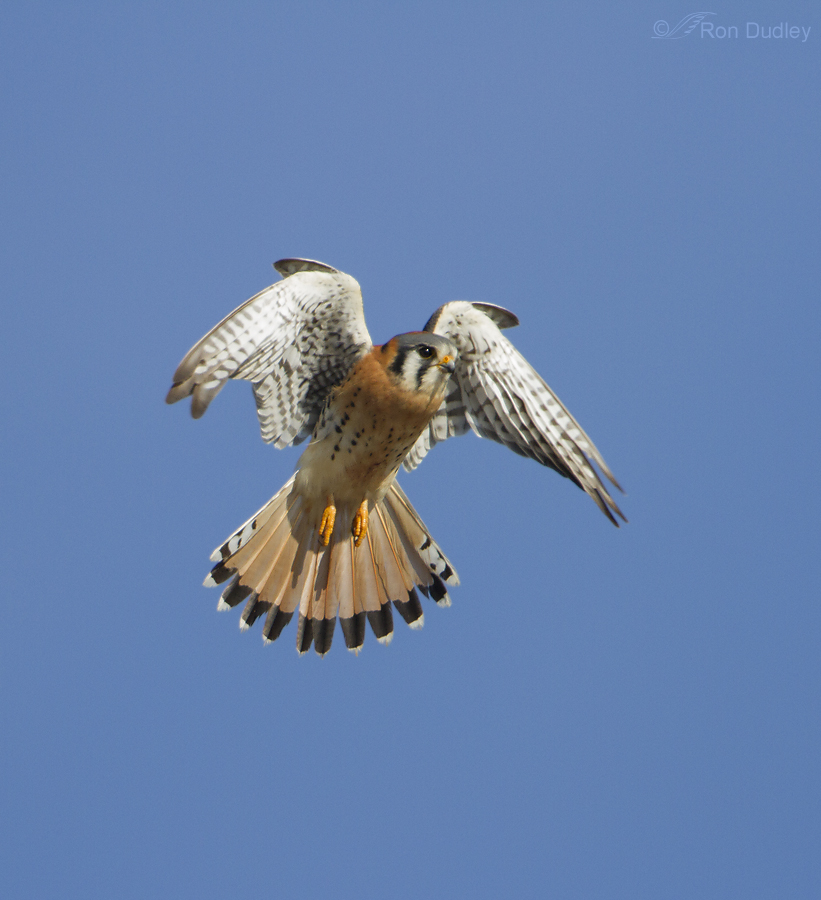

The presence of an alula has been confirmed in several now- extinct ancient relatives of modern birds, including Eoalulavis hoyasi (an enantiornithine from the mid- Cretaceous, 115 mya) and the earlier Protopteryx fengningensis. The Alulae are particularly notable in peregrine falcons. In falcons, the alula is more prominent, and provides a degree of control when the wing is cupped or tucked in a dive/stoop. During stretching of the wing down toward the ground, the alula is abducted from the wing and can be clearly viewed. The tip of the alula forms a tiny vortex, acting similar to a vortex generator, that forces the airflow over the wing to better bind to it. This functions in the same way as the slats on the wing of an aircraft, allowing the wing to achieve a higher than normal angle of attack – and thus lift – without resulting in a stall. When flying at slow speeds or landing, the bird moves its alula slightly upwards and forward, which creates a small slot on the wing's leading edge. In most situations, the alula is held flush against the wing however, it can be manipulated. The wing and tail feathers of birds are designed to provide aerodynamic lift. This maneuver has a potential pitfall: since air can no longer glide smoothly over the top of the wing, it breaks up into turbulent eddies. A bird approaching the ground needs to slow down in order not to crash, and it does that by rotating its wings to a steeper angle. These tiny alula may look small but the shaft we don’t see on the largest alula is nearly half the length of the visible feather.Adult bald eagle landing, showing the alula in action tinnunculus (16 Nmm g-1), while that of the the Alula was. While easy to overlook, the alula is essential to a modern bird’s aerodynamics. The alula help to stabilize the bird and maintain a gradual descent for an appropriate landing. The alula is commonly called abastard wing, and thats because ornithologists can be mean bastards themselves. These feathers are also used to slow down and land effectively, the same way an airplane pilot raises those flaps for landing a bird must precisely align their alula so they can come in smoothly to reduce turbulence without stalling or crashing. By being able to move just a tiny group of feathers a bird can effectively turn, rise, stop, and pivot in the air without drastically reducing speed.

If every bird had to fly at high speeds all the time they would likely be crashing, missing landings, or dropping out of the sky because of the drag needed to move their entire wing. These feathers are incredibly important for control, without them a bird would have to be flying at high speed all the time in order to control their movements.
#Bird wing alula full#
Using those tiny feathers allows the bird to ascend or descend without creating the massive amounts of drag present in full wing movement. When a bird slows down they pull out their alula and create a small gap between the alula and the wing’s surface, this small gap gives the bird a greater angle of attack, creating lift. If you’re flying slowly you can’t move your whole wing, too much drag is created and the bird will just fall, that’s where the alula come in! Typically that’s how you’ll see the alula, closed against the wing because typically birds are flying pretty fast, as a result a slight change in wing movement can cause their bodies to ascend and descend fast enough not to need alula, but what about when they slow down? In this position the feathers are most aerodynamic, reducing any drag to allow the bird to pick up speed.

When not in use the Alula will lay flush against the edge of the wing and pressed against the wing’s surface. They may look like nothing but those tiny feathers are key when it comes to controlling flight. There can be anywhere from 2 to 6 alula depending on the species! Alula feathers, sometimes known as ‘winglets’ or 'the bastard wing’, are those small feathers that sort of resemble miniature primaries on the top side of the wing.


 0 kommentar(er)
0 kommentar(er)
